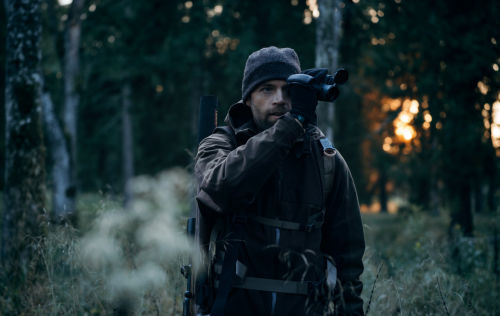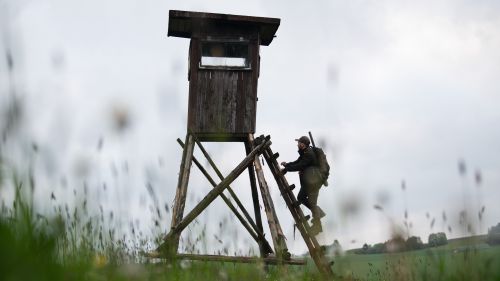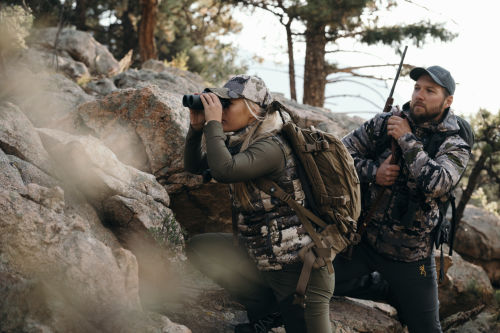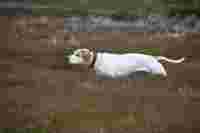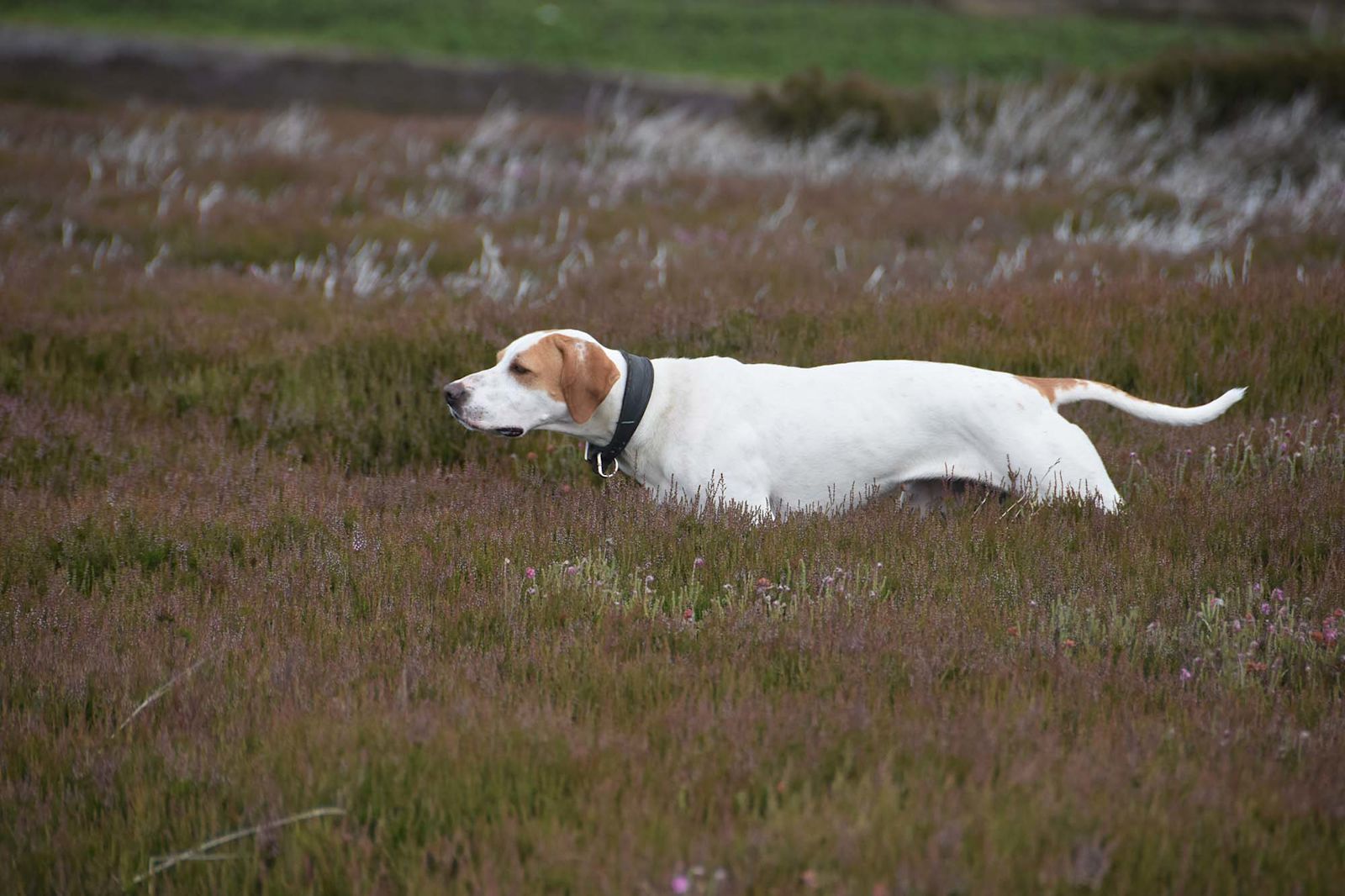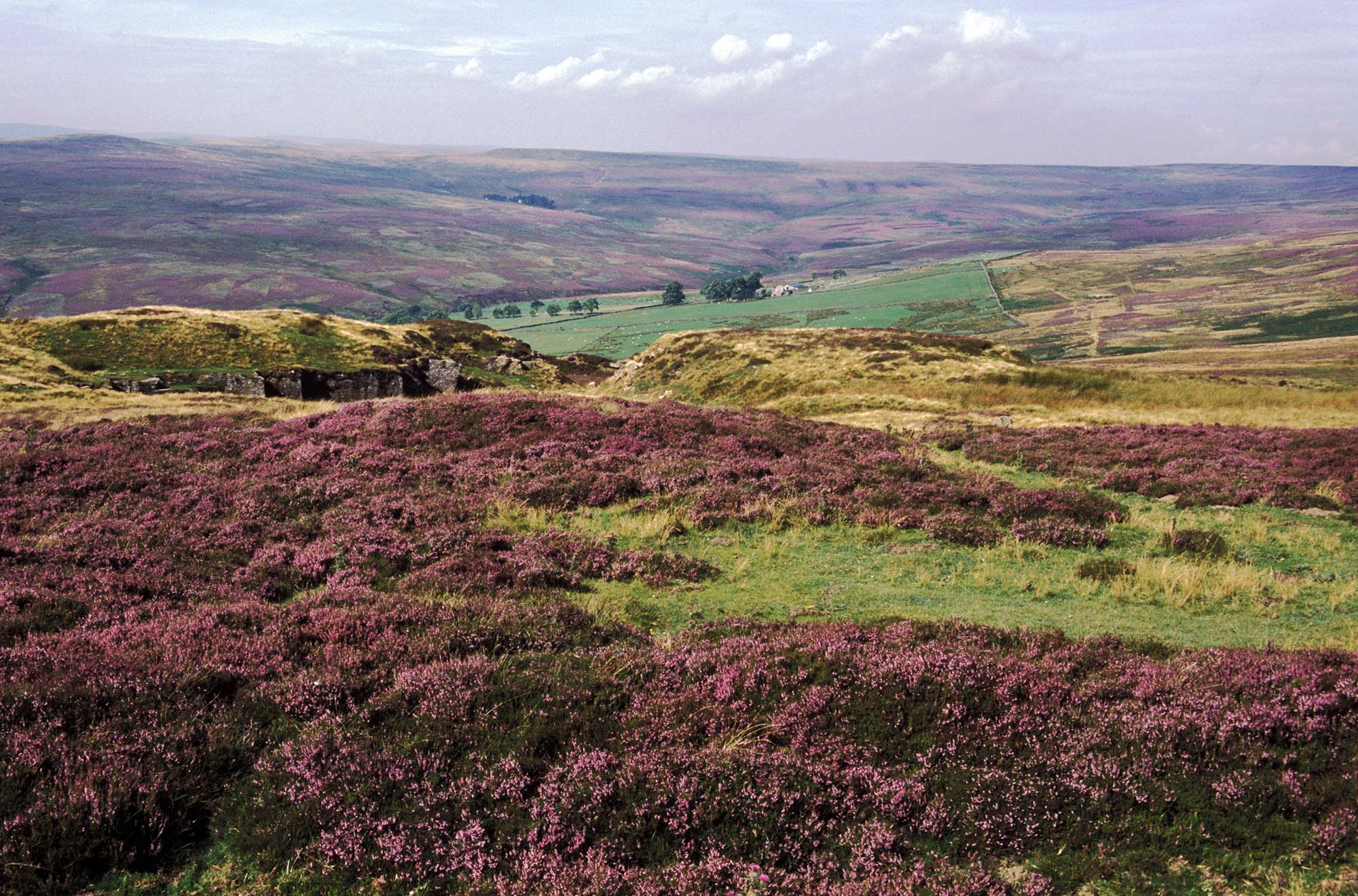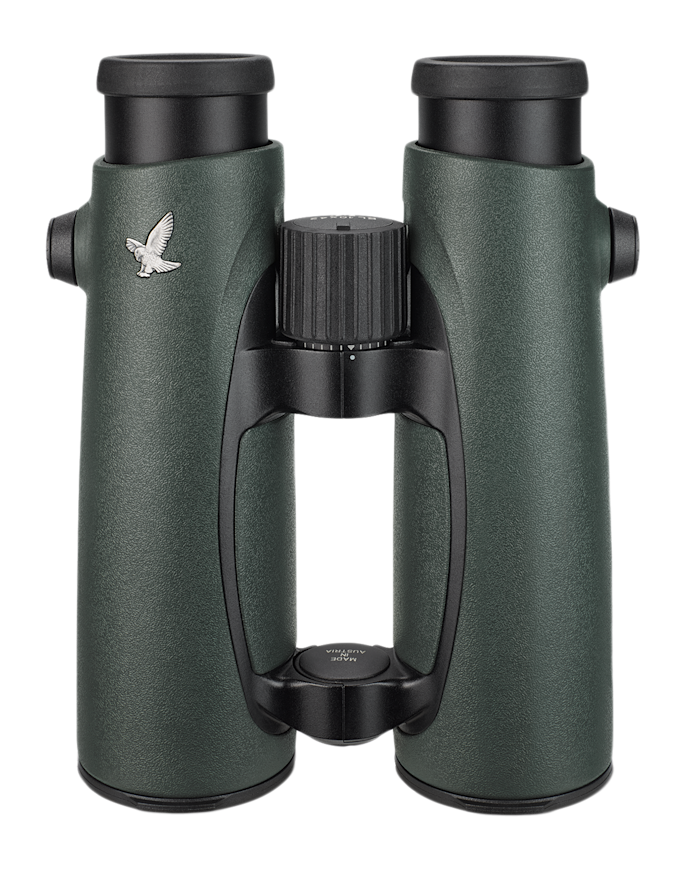David and his wife Georgina have owned, trained and worked pointers and setters ever since they got their first Irish setter nearly 50 years ago. David has written 10 books on gundogs, shooting and stalking. Now happily retired, he lives near the grouse moors in southwest Scotland with his wife and their gundogs.
Photos: David Hudson & Moorland Association

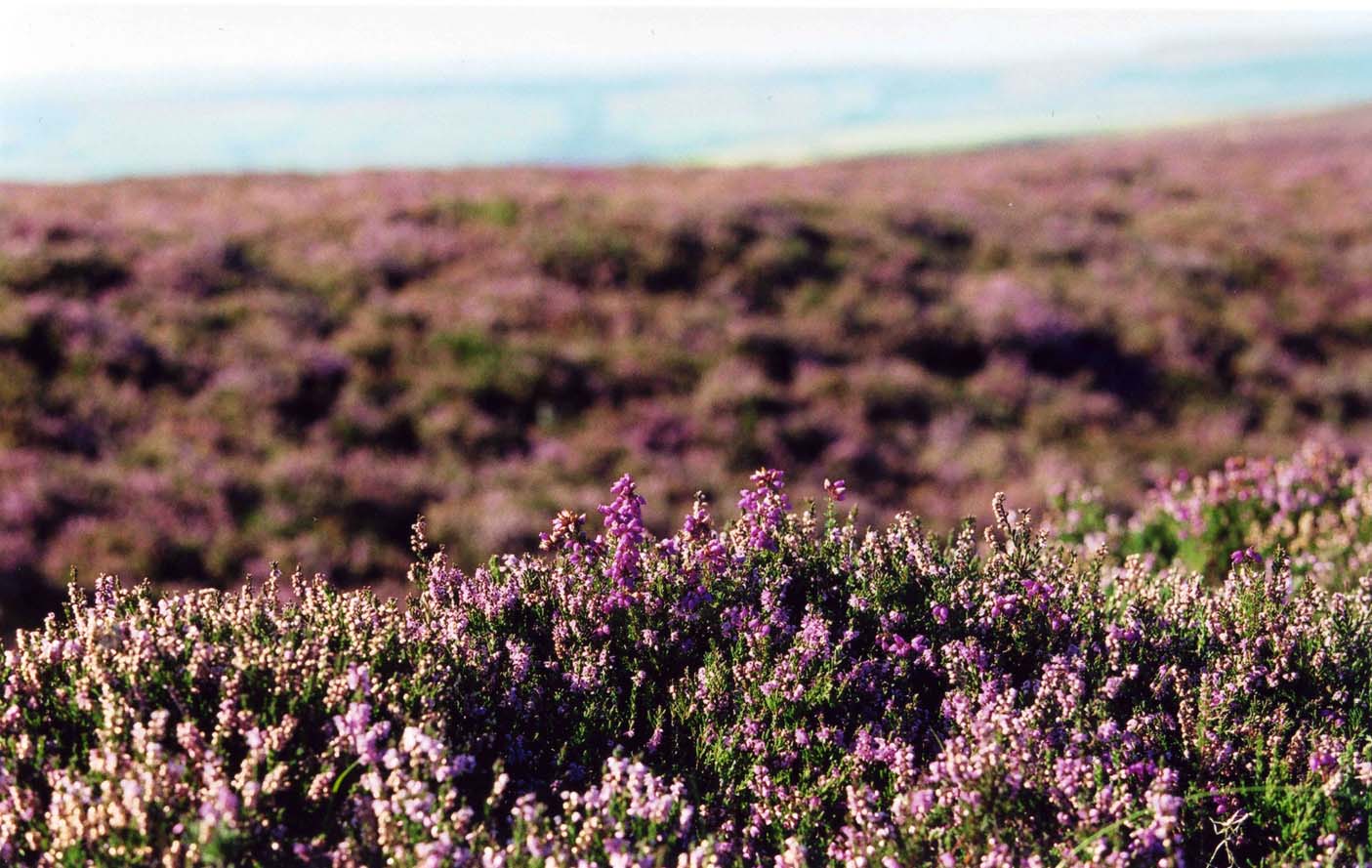
Gundogs on the grouse moors
He told me more about the work he does with his beloved gundogs on the grouse moors: “Our work primarily involves grouse in the uplands and our three main areas of activity are the spring and the summer counts and working during the shooting season which runs from August 12 to December 10. In March and early April we count the number of adult pairs of grouse (and single males) in order to provide a rough idea of what sort of stock might be available when shooting starts. We do this mainly to alert the moor management if grouse are in short supply. If there are plenty of pairs then there might be a good stock come August if all the other factors are favourable. But a lack of birds in spring means there definitely won’t be a good number later in the year. The summer counts in July and early August are more informative as we are looking at the number of coveys, the ratio of old birds to young and the size and condition of the young birds.”

POINTERS AND SETTERS VS. SPANIELS
David Hudson:
“There are several advantages to using pointers and setters (as opposed to spaniels) for counting. Because of their longer legs a much wider beat can be covered so more ground can be counted in a given time. And there is a much lower risk of young grouse being physically hurt by the dogs. Grouse can sit very tightly in the heather but pointers and setters will find and point their game at up to 50 yards away. Not usually being used as retrievers when shooting also means they are less inclined to want to actually collect game in their mouths.”
The shooting season
Pointers and setters are not normally used for the more formal driven grouse shooting as their skills are not required for that version of the sport. David explained more: “Most shooting over pointers and setters is done where there are not enough grouse for driven shooting, or where it is difficult to find enough people to run a full-on driven day which can require 30 or more people. A day walking and shooting over pointers can be done almost spontaneously and requires only a couple of Guns and a team of dogs plus handler. Since the whole party walks there is no need for access roads, lines of butts etc.”
“The moor where we do most of our shooting has a very sparse stock of grouse and it is only possible to have any sport at all by using pointers and setters. The fact there is some shooting possible by using pointing dogs means it is still a wild, open hill. If shooting stopped it would become over-grazed by sheep or be planted with conifers.”
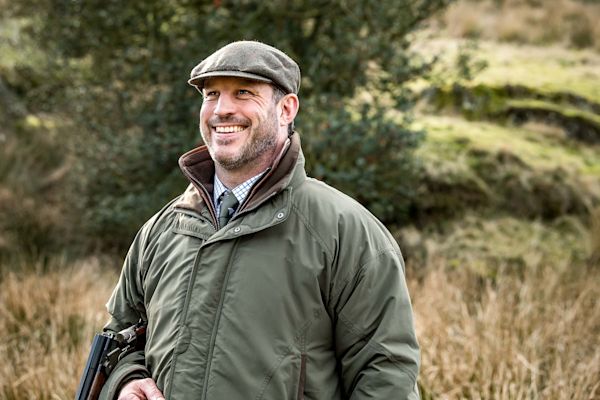
About the author:
Will Hetherington
Will Hetherington has been immersed in British country sports journalism for 22 years. He was editor of Shooting Gazette for 13 years, between 2004 and 2017, and is now a freelance editor and writer. One of his main roles is editor of Gundog Journal, a world leading bi-monthly gundog title published by Fieldsports Press. With two faithful labradors constantly by his side, he understands the companionship the gundog breeds offer, whether in the field in pursuit of winged game or relaxing at home with the fire lit and a glass of red wine to hand.
